Standing in Gasoline Alley surrounded by century-old race cars, I had an unexpected realization: my 2024 Acura MDX Advance has more in common with these legendary machines than I thought.
As someone who typically focuses on practical car shopping advice—cargo space, safety ratings, fuel economy—I wasn’t expecting my visit to the newly renovated Indianapolis Motor Speedway Museum to be a revelation about what’s in my driveway. Walking through the $89 million facility that reopened in April 2025, I found myself connecting dots between the historic race cars on display and the technology I use every day in my 2024 Acura MDX.
The museum’s Gasoline Alley recreation immediately transported me back in time, while the interactive “Drivers Start Your Engines” simulator reminded me that racing has always been about pushing boundaries. From the 1914 Duesenberg to the 2022 Chip Ganassi Honda, each car I photographed told a story of innovation that eventually made its way into consumer cars.
Here’s what I discovered about the racing technology that’s probably sitting in your garage right now, and why understanding this connection makes you a smarter car shopper.
This story is 100% human-researched and written based on actual first-person knowledge, extensive experience, and expertise on the subject of cars and trucks.
Power Evolution: From the 1948 Novi to My Acura MDX’s V6
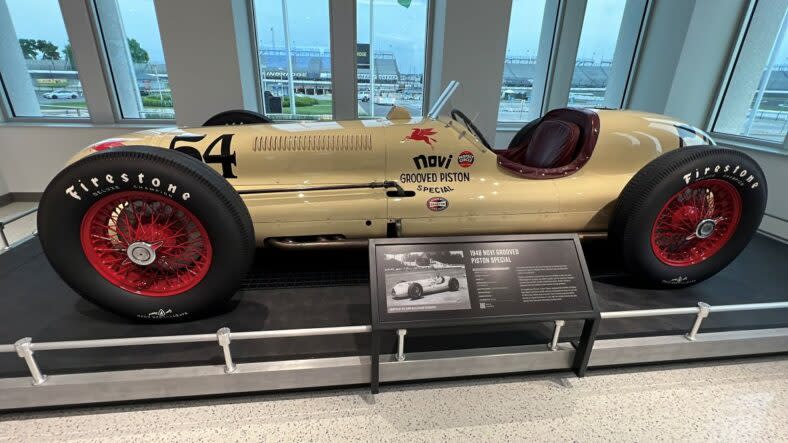
Standing before the 1948 Novi Grooved Piston Special that dominated Indy in its era, I was struck by how innovative thinking in racing often starts with the smallest details. Those grooved pistons weren’t just about going faster; they were about improving engine efficiency and power delivery, concepts that sound familiar to anyone who’s read modern car specs.
The grooved piston design allowed for better oil control and reduced friction, which translates directly to what we see in today’s family SUVs and sedans. When I think about my MDX’s 3.5-liter V6 producing 290 horsepower and 267 lb.-ft of torque, it’s actually generating more power than those legendary race cars that made history at Indy. That’s not just about bigger engines, it’s about smarter engineering that traces back to innovations like those grooved pistons.
READ MORE: Art and Diffused Fragrance Tell the Story of Lincoln’s Automotive Evolution
Supercharging Heritage: From Miller to Modern
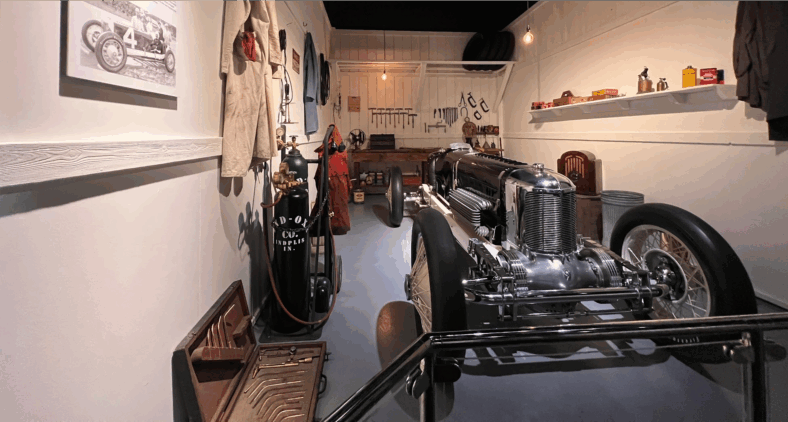
The 1928 Miller Special caught my eye not just for its elegant lines, but for what it represented in automotive evolution. This car showcased early supercharging technology, proving that forced induction could deliver reliable, consistent power—a concept that seemed almost magical at the time.
Since 2022, the Acura MDX features a turbocharged engine that shares over 400 components with the engine that powered Acura’s championship-winning ARX-05 racecar. This is racing technology proven at the highest level, making its way into family cars.
The beauty of this evolution is that turbo technology that started on tracks now helps family cars achieve better fuel economy without sacrificing power. Racing taught engineers that you could have your cake and eat it, too. Something every mom trying to balance performance with practicality can appreciate.
READ MORE: 2025 Acura MDX First Drive: A Glow-Up Makes This Sporty SUV Even More Fun and Beautiful
Walking Through Gasoline Alley’s Time Machine
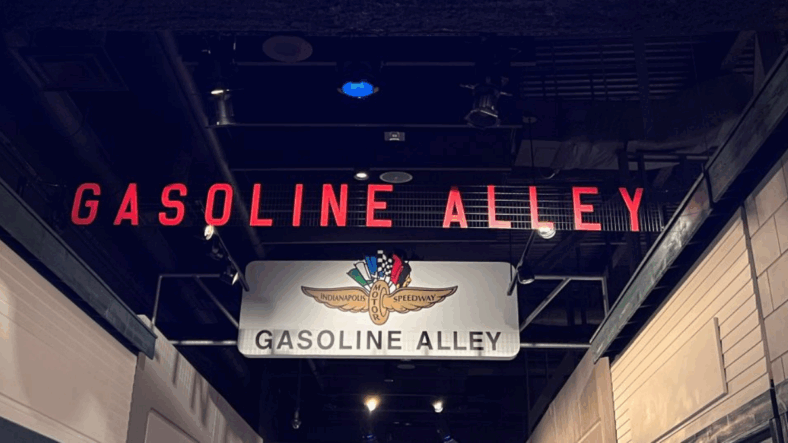
The Gasoline Alley recreation was hands-down my favorite part of the museum. Seeing the evolution of garages from 1911 to today felt like walking through a time tunnel of automotive innovation. Each era’s cars reflected different approaches to cutting through the air, and you could literally see the moment when engineers realized that shape matters as much as power.
The 1964 Lotus Powered by Ford was a turning point; this was where true aerodynamic thinking began. Looking at its low, sleek profile, I could see the DNA of modern car design starting to emerge. It’s the difference between just making a car go fast and making a car that works with physics instead of fighting against it.
READ MORE: We Drove [Almost] Every Maserati on a Track and This is Why We’re Excited for the MCPura
Seeing How Airflow Raceway Tech Helped Translate Modern Highway Efficiency
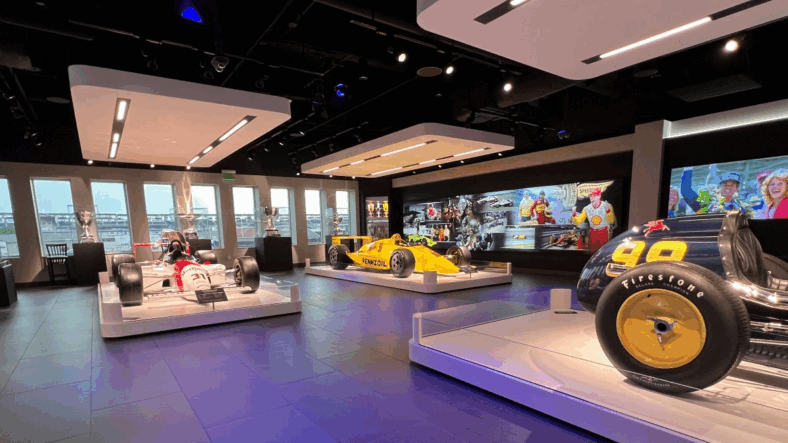
Here’s something that hit me while looking at these streamlined race cars: the aerodynamic lessons learned at 200+ mph directly improve everyday fuel economy. My MDX’s sleek profile isn’t just about looking good (though it does); those carefully sculpted lines and underbody panels trace back to racing innovation.
The front fascia of my MDX has been sculpted to highlight the wide grille, with fog light housings integrated under the side vents that emphasize the wider track. This design was actually inspired by the Acura ARX-05 race car. What started as a way to help race cars cut through the air more smoothly and stick to the track better at racing speeds now helps my family SUV move more efficiently during school pickup runs.
The connection is simple: racing’s need for speed and consumers’ need for efficiency both benefit from the same aerodynamic principles. Less air resistance means better fuel economy, whether you’re racing at Indy or driving your kids to school.
READ MORE: The Richard Petty Driving Experience: Fast Times At Disney’s Speedway
I Got to Witness the Evolution of the Design Language of Race Cars
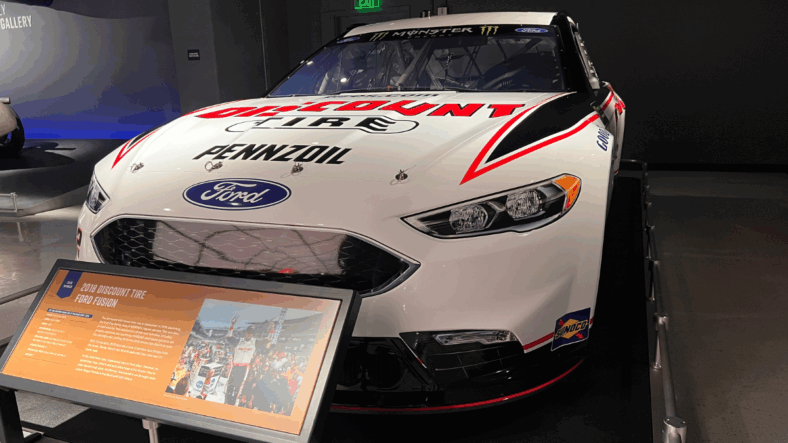
Seeing the 2018 Discount Tire Ford Fusion brought back memories. We owned a 2015 Ford Fusion Titanium, and seeing this racecar reminded me of our time in that sedan. But it also highlighted something important: crash data recorders (event data recorders), which became standard in racing around this era, are now in virtually every new car.
These “black boxes” in our family cars trace directly back to racing’s approach to learning from every incident. Racing taught cars to monitor themselves constantly, collecting data that helps improve safety for everyone. The predictive maintenance systems in my MDX, which alert me to potential issues before they become problems, use the same data-driven approach that racing teams pioneered.
READ MORE: Nissan Z + Circuit of the Americas = All Day Thrills
The Penske Gallery’s Safety Legacy Was a Sight to Behold
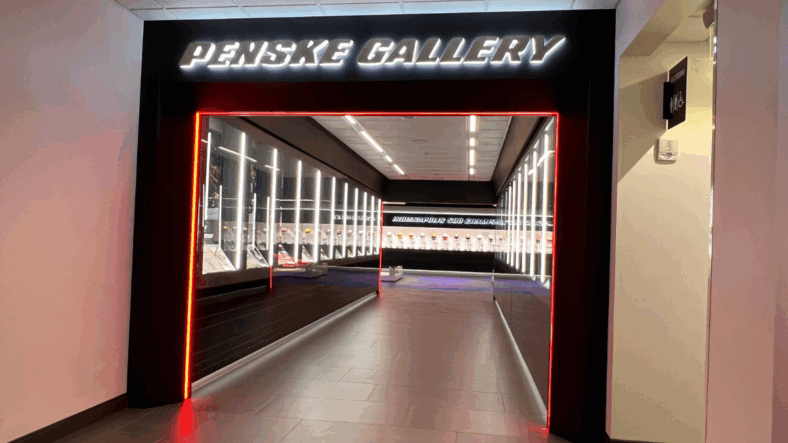
Walking through the Penske Gallery was like taking a masterclass in automotive safety evolution. The gallery showcases the history and incredible success of Team Penske at the Indianapolis 500, featuring iconic race cars, trophies, and artifacts that tell the story of 20 Indy 500 wins.
The display features four of Team Penske’s Indianapolis 500-winning cars, along with Lee Wallard’s 1951 race winner from Roger Penske’s first visit to the facility. The centerpiece is all 20 “Baby Borg” Warner trophies presented to Roger Penske for each Indy 500 victory. The gallery includes eight race-winning engines, highlighted by the innovative and powerful Illmor Mercedes-Benz pushrod engine known simply as “The Beast” that propelled Al Unser Jr. to Team Penske’s 10th Indy 500 win in 1994.
What really caught my attention were the safety innovations visible across the decades. Racing’s life-or-death need for safety drove innovation faster than any government regulation could. When failure isn’t an option, engineers get creative quickly.
The 2011 William Rast car showcased modern safety cell design, a complete departure from earlier race cars, where the driver was essentially sitting in a metal cage. This evolution directly influenced the safety structure that now protects families in everyday cars.
NASCAR to Main Street: Safety Technology Transfer
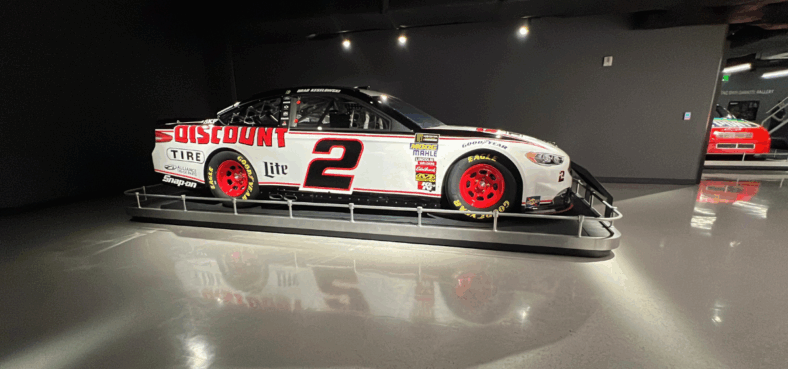
The 2003 GM Goodwrench Chevrolet Monte Carlo represented another important piece of the safety puzzle. NASCAR’s safety innovations—like the HANS (Head and Neck Support) device, SAFER barriers, and advanced fire suppression systems—moved from stock car racing directly into consumer cars.
Understanding this heritage makes me appreciate modern safety features more. Every time my collision mitigation system prevents an accident or my lane-keeping assist helps me stay centered, I’m benefiting from technology that was literally tested under life-or-death conditions.
Understanding the racing heritage behind modern car features now changes how I evaluate cars. When I see technology that’s been tested at places like Indianapolis Motor Speedway, I know it’s been proven under the most demanding conditions possible.
This knowledge becomes practical when comparing car brands and technologies. Manufacturers with active racing programs aren’t just showing off; they’re continuously testing and improving the technology that eventually makes it into consumer cars.
READ MORE: Toyota Dazzles on the NASCAR Track in Texas
The Acura MDX Connection: Racing Tech in My Driveway
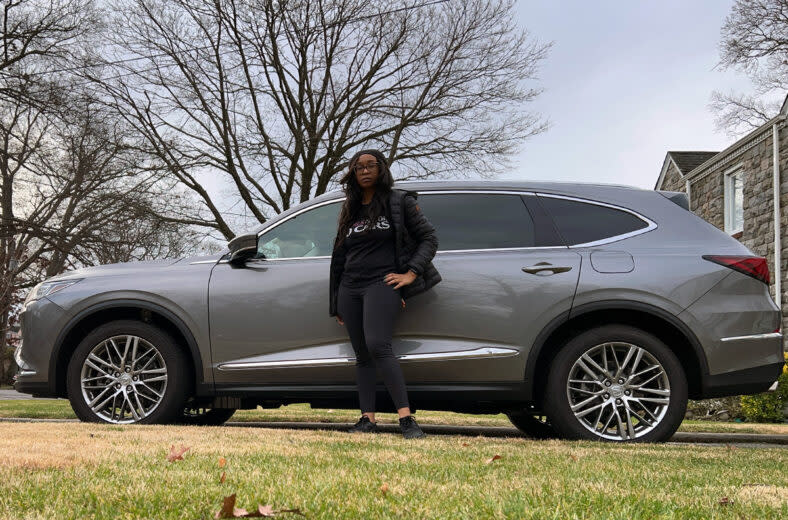
My 2024 Acura MDX Advance is packed with racing-derived technology, though I never really thought about it until this museum visit:
Super Handling All-Wheel Drive (SH-AWD): This is an advanced system that dynamically distributes power not just between front and rear wheels, but also side-to-side between the rear wheels. This technology is exclusive to the MDX’s competitive class and comes directly from Acura’s racing experience.
Sport-tuned Chassis and Suspension: My MDX features a double-wishbone front suspension, a design choice that reflects a commitment to performance derived from racing applications. It allows my MDX to handle corners while maintaining control and comfort under all driving conditions.
Integrated Dynamics System (IDS): This system lets me customize the car’s driving dynamics through various modes, including Sport mode. It’s essentially a racing-style car setup, adjustments made accessible to everyday drivers like me.
The racing connection goes even deeper. Acura’s “Precision Crafted Performance” philosophy has been tested and proven through motorsports since the brand’s launch in 1986. The knowledge and expertise gained from racing programs contribute to the overall engineering excellence I experience every day.
The rear-biased SH-AWD system, combined with steering wheel-mounted paddle shifters, demonstrates this racing influence perfectly. It puts me, the driver, in command in a way that traces directly back to racecar philosophy.
READ MORE: The 2024 Acura ZDX Type S May Have Convinced My In-Laws to Consider an EV
How This Should Change Your Car Shopping Experience

Understanding this heritage adds genuine value to my ownership experience. If you know me, you know how much I love my Acura MDX! I’m not just driving a well-engineered SUV; I’m benefiting from decades of racing knowledge that went into every system, from the powertrain to the suspension tuning.
My visit to the Indianapolis Motor Speedway Museum started as a fun networking outing and ended as an education in automotive DNA. Every time I start my Acura MDX, adjust my mirrors, or rely on my collision mitigation system, I’m benefiting from innovations that were first proven at 200+ mph on this very track.
The next time you’re car shopping, understand this connection between racing and reliability. When you see features that trace back to racing development, you’re looking at technology that’s been tested under the most demanding conditions possible.
When you’re comparing safety ratings, fuel efficiency, or performance features, remember: the best innovations often start at the track before they protect and serve families on the highway. Racing doesn’t just make cars faster; it makes them better for all of us.
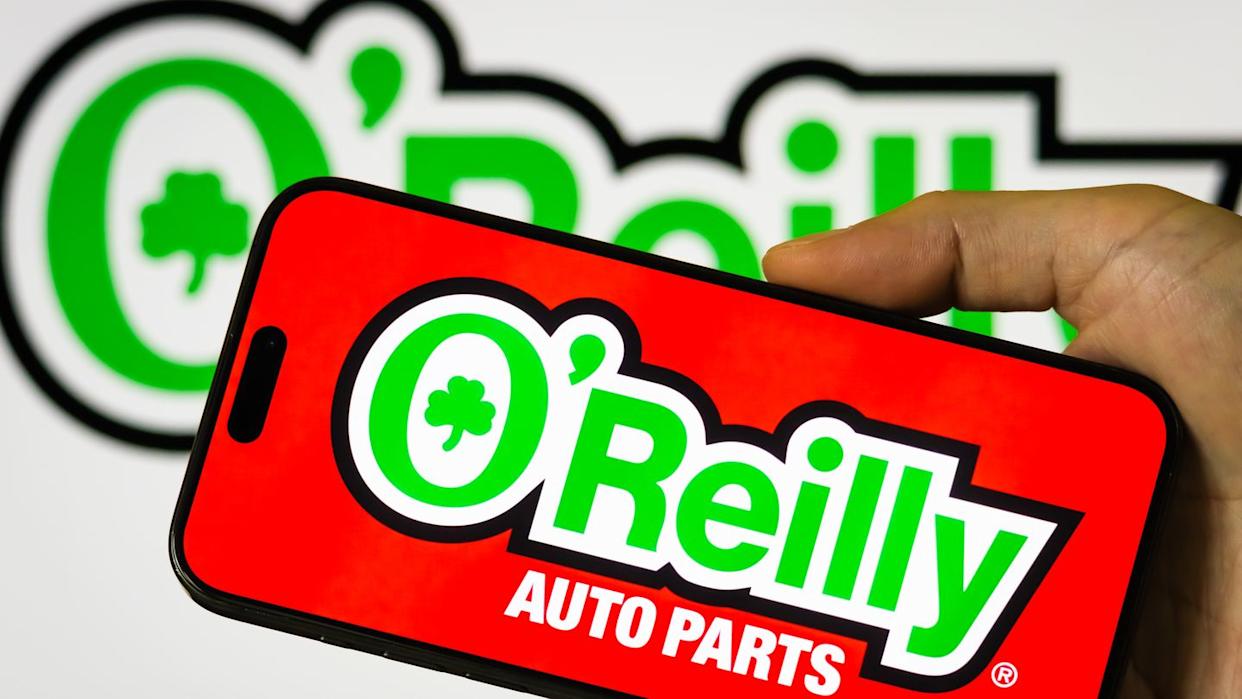
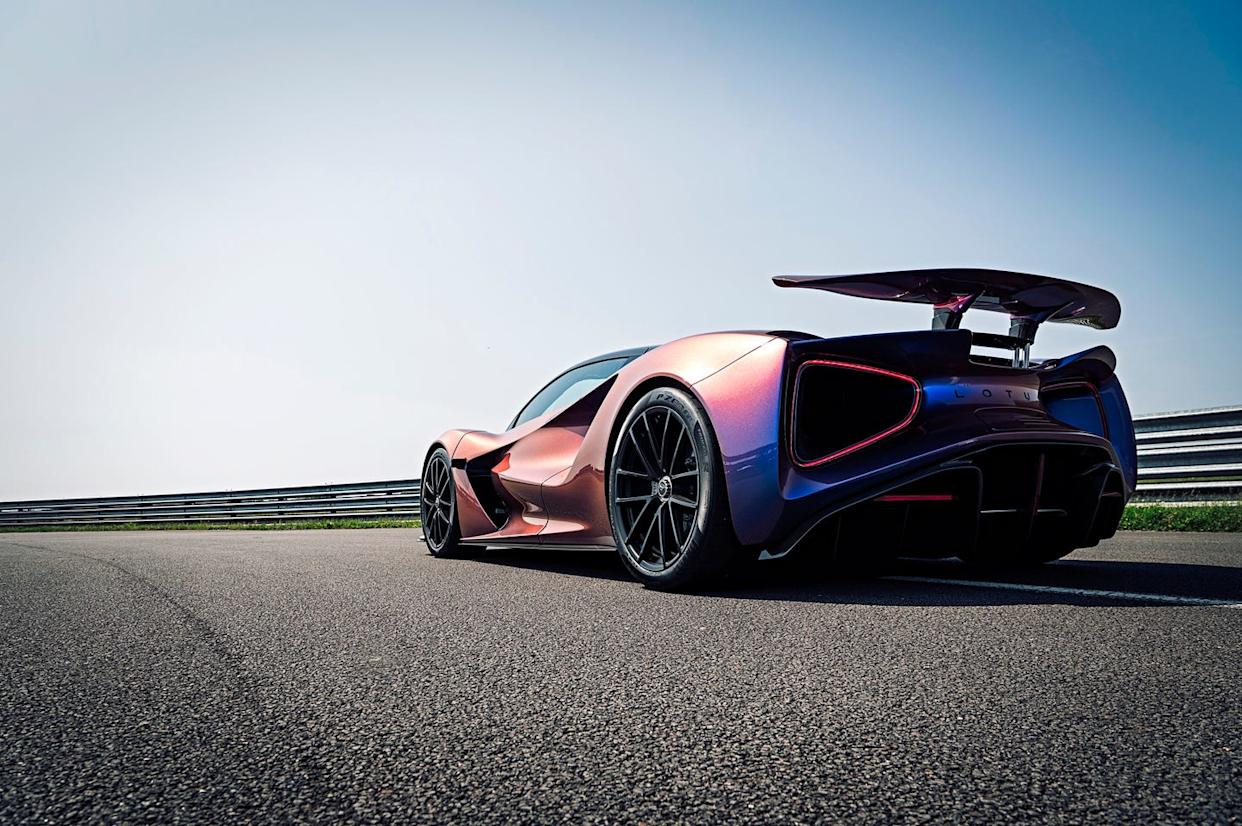
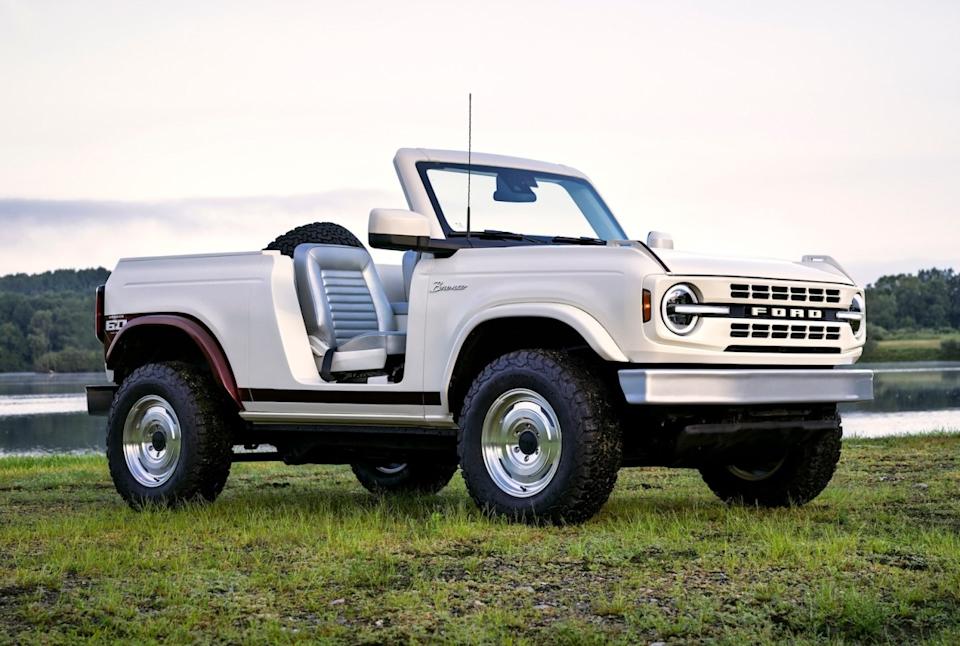

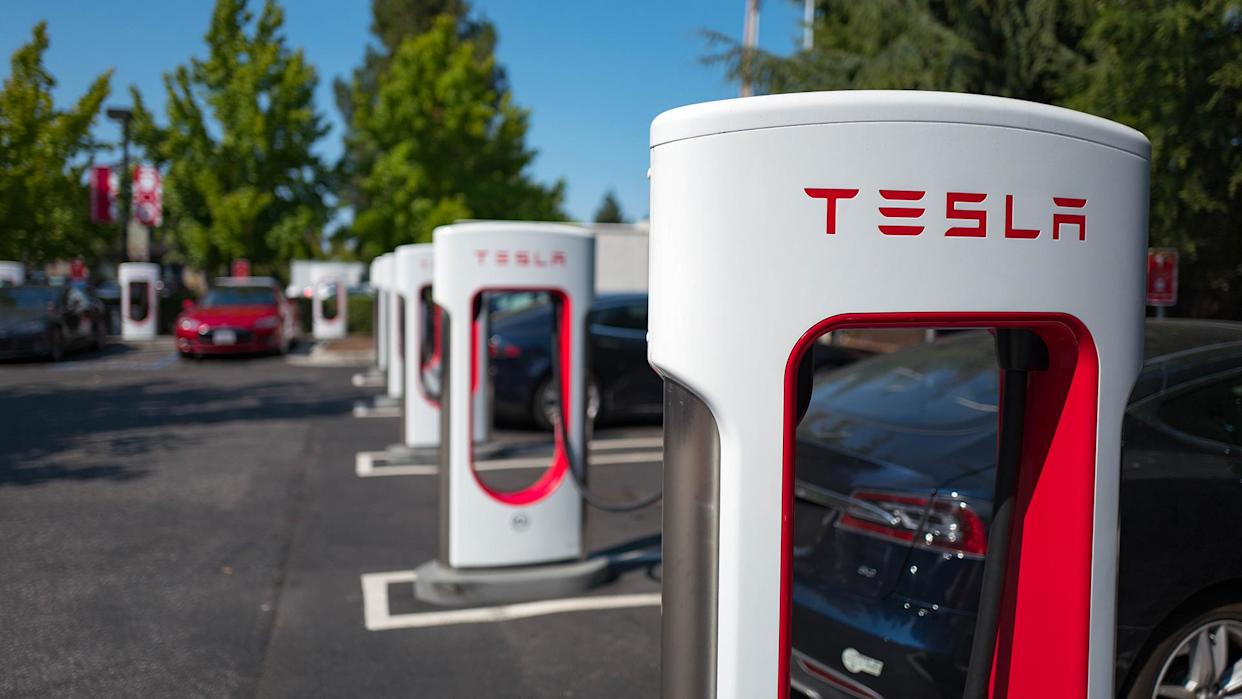
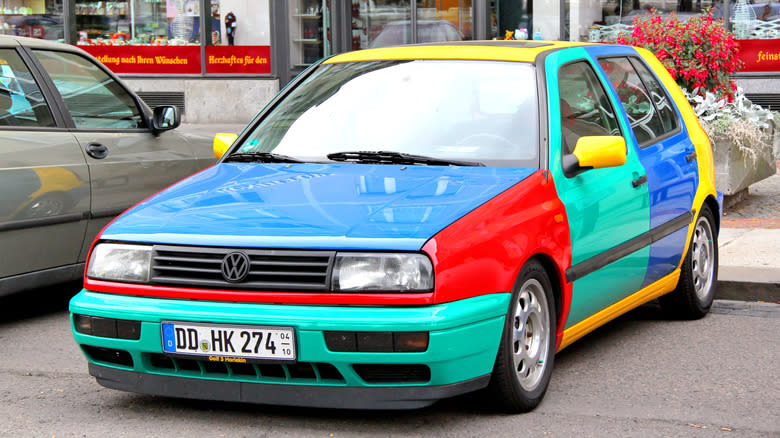
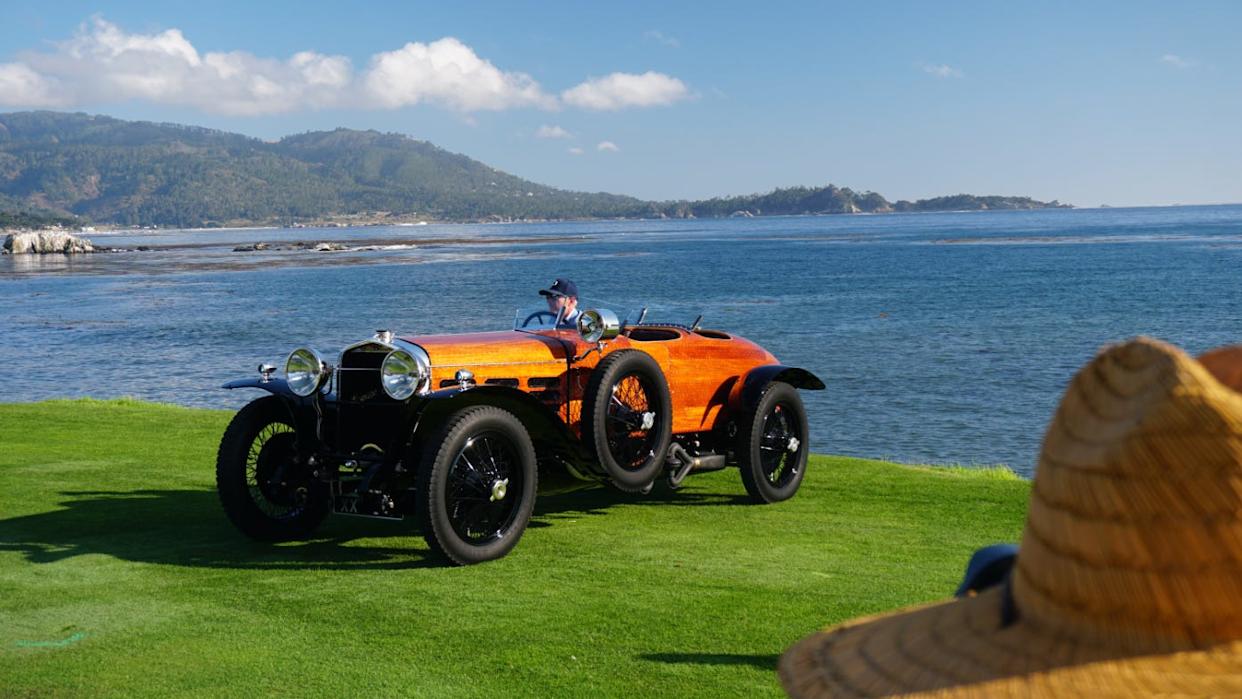
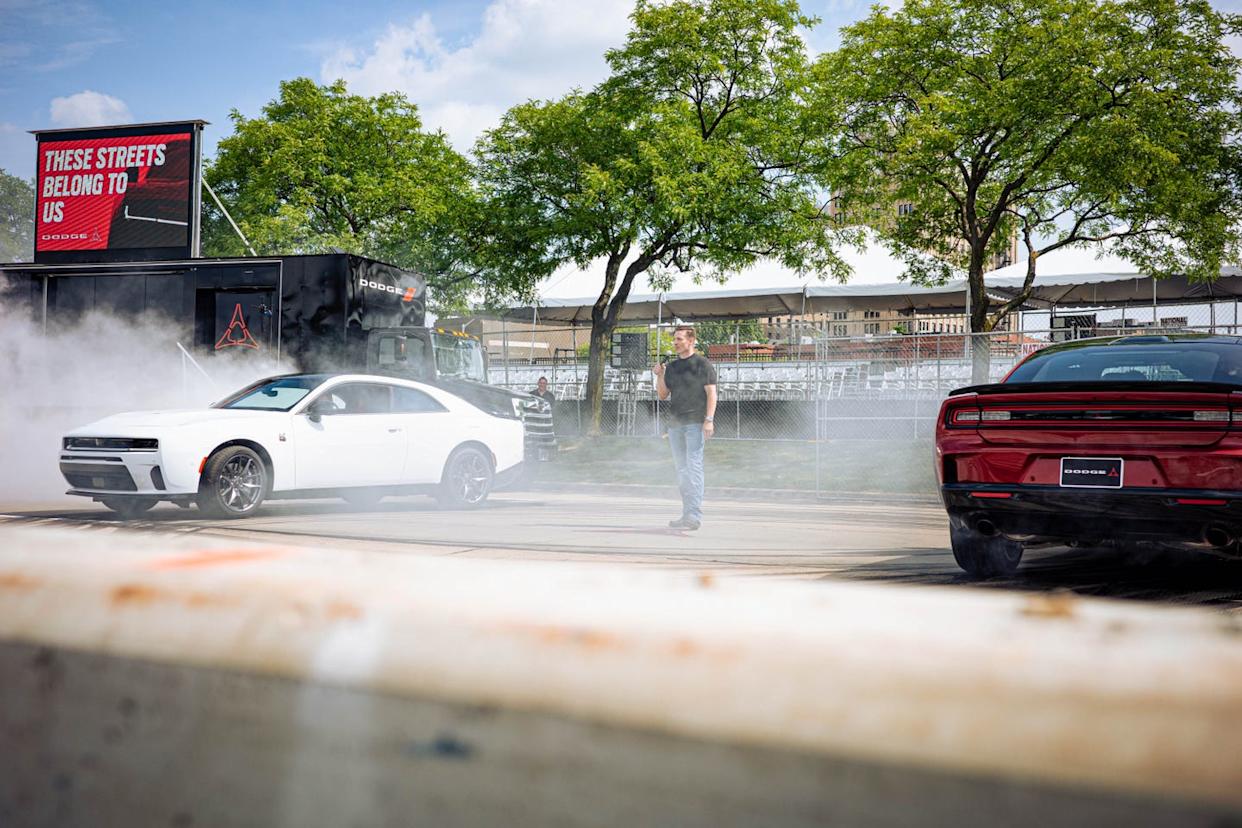
Comments